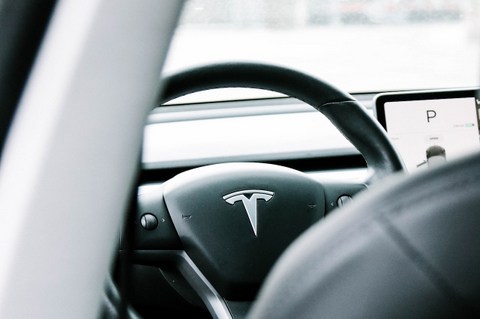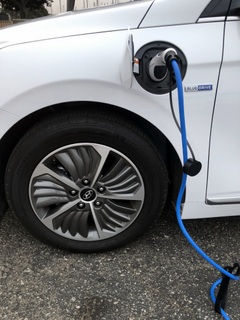Keeping a Good Thing Going
Electric vehicles are quickly becoming the new norm worldwide. Some U.S. states, like California, plan to ban new gas-powered cars in the coming years, and consumer focus is turning to these alternatives.

Drivers who are looking to lean into the trend are often interested in EV maintenance. While EV maintenance costs are lower than standard gas-powered cars, owners can still take steps to reduce those expenses even more.
Here’s everything you need to know.
Electric vs. Gas
It’s no secret that gas-powered vehicles are harmful to the environment. On top of that, consumers can end up paying a hefty price for maintenance when something goes wrong. According to AAA, the average vehicle repair costs $500 to $600, but can be much more as issues pile up.
Luckily, electric vehicle owners have less to worry about than fuel-powered vehicle owners do. Repairs and maintenance for combustion cars include:
- Changing the gear lube and transmission fluid
- Flushing the coolant system
- Replacing the spark plugs
- Cleaning the fuel injectors
You can take anything fuel-related right off this list for EVs. In fact, EV owners can save 50 percent compared to owners of gas vehicles, according to Consumer Reports.
Tires

EV owners should check their tire pressure monthly. Some car companies will regularly send out an email update about maintenance checks, including pressure. If not, then a simple gauge will do. Some gas and charging stations have a meter to check the pressure as part of their air compressors.
Inflate the tires to the right pressure. This step is invaluable during the colder months. Maintaining pressure can keep you from blowing a tire and having to spend more. You’ll want to rotate your tires every several thousand miles, as well.
Fluids
If it seems like windshield wiper fluid isn’t doing its job, there may be an issue with the wipers themselves. Replace them when they stop functioning and refill fluid every month.
One way for drivers to use fluids to their advantage is by flushing out harmful materials from the car’s underbody. Use water to ensure materials like road salt don’t erode the body.
Brakes
Electric vehicles use regenerative braking to slow down by turning kinetic energy into electricity and storing it in the battery. This takes stress off the brake pads, which means you won’t have to replace them as frequently.
If EV owners want to go above and beyond, they can inspect the entire car—heating and cooling, suspension, airbags—for issues.
Charging
One of the best solutions to save on charging costs is to have a station at home. These chargers offer a sense of relief and reliability. If someone is running out of a charge on the highway away from a charger, they’ll need to pay for a tow service. Charging every night at home can help eliminate those surprises.
As of October 2020, the average charging cost in the United States was around 13 cents per kWh, varying by state.
Saving on EV Maintenance
When you take the above steps to maintain your electric vehicle, you will drastically reduce overall costs each year. Owners who leave issues until a professional service will see expenses add up quickly—a domino effect can have one brushed-off problem leading to another.
Instead, take matters into your own hands. Take care of your EV and save money.
Related Stories You Might Enjoy—EVs to Practice On
Personal: Looking Forward to the EVs of 2021
Flash Drive: 2021 Ford Mustang Mach-E EV
Flash Drive: Volkswagen ID.4
Road Test: 2020 Chevrolet Bolt
Road Trip: 2020 Nissan Leaf
Road Trip: 2020 Kia Niro EV

2 thoughts on “Tips: How to Reduce EV Maintenance Costs”